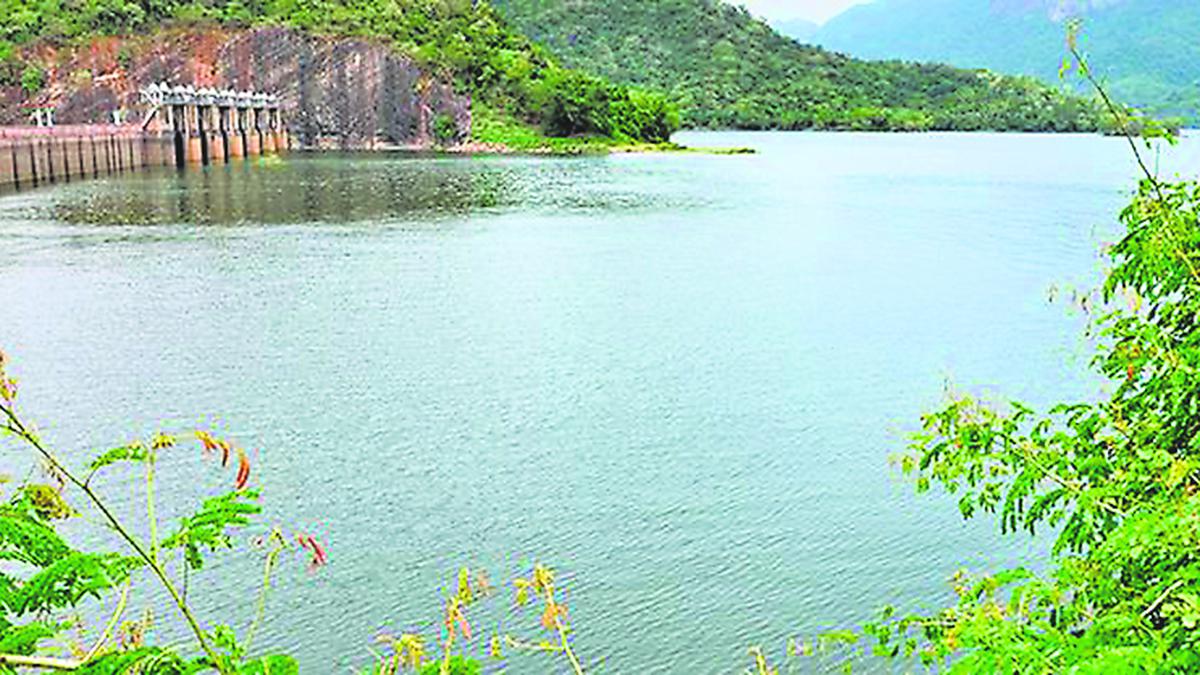
Water level in Papanasam dam stands at 120.70 feet
The Hindu
In Tirunelveli, Papanasam dam's water level was 120.70 ft (max 143 ft) with inflow of 870.509 cusecs and discharge of 407.25 cusecs. Manimuthar dam's water level was 82.30 ft (max 118 ft) with inflow of 457 cusecs and discharge of 15 cusecs. Rainfall recorded in last 24 hrs: Papanasam 35 mm, Servalaru 18 mm, Manimuthar 62.2 mm, Kodumudiyar 29 mm, Manjolai 90 mm, Kakkachi 82 mm, Naalumukku 105 mm, Oothu 95 mm, Ambasamudram 49 mm, Cheranmahadevi 73.6 mm, Nanguneri 2.6 mm, Kalakkad 20.2 mm, Palayamkottai 19 mm, Nellai 22.2 mm.
The water level in Papanasam dam was 120.70 feet (maximum level 143 ft) with an inflow of 870.509 cusecs and a discharge of 407.25 cusecs. The water level in Manimuthar dam was 82.30 ft (118 ft) with an inflow of 457 cusecs and a discharge of 15 cusecs. Rainfall (in mm) recorded during the last 24 hours ending 6 a.m. on Sunday are as follows: Papanasam 35, Servalaru: 18, Manimuthar: 62.2, Kodumudiyar: 29, Manjolai: 90, Kakkachi: 82, Naalumukku: 105, Oothu: 95, Ambasamudram: 49, Cheranmahadevi: 73.6, Nanguneri: 2.6, Kalakkad: 20.2, Palayamkottai: 19 and Nellai recorded 22.2 mm rainfall, PWD officials said.













